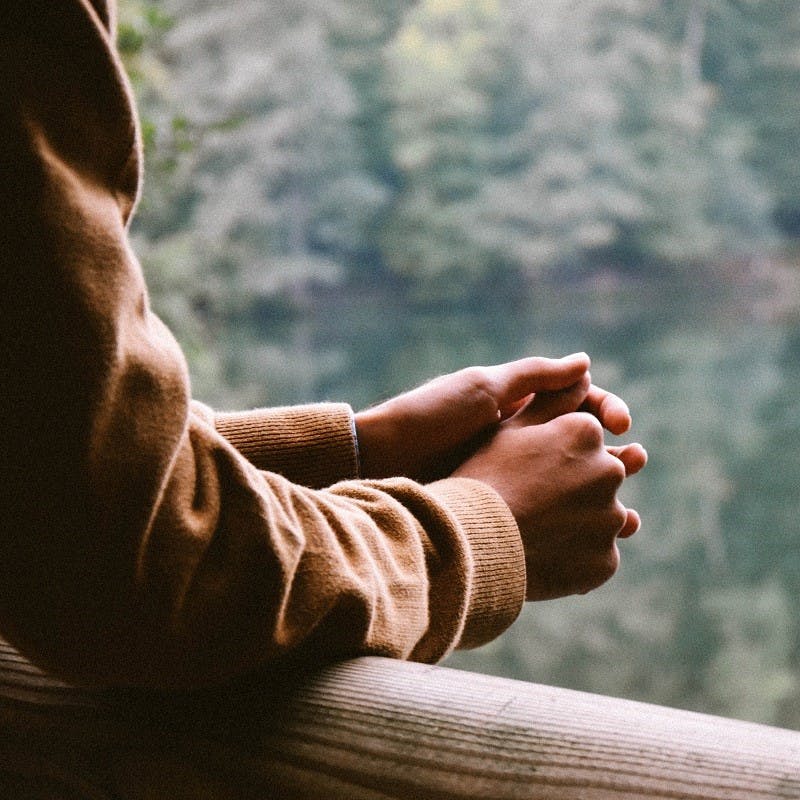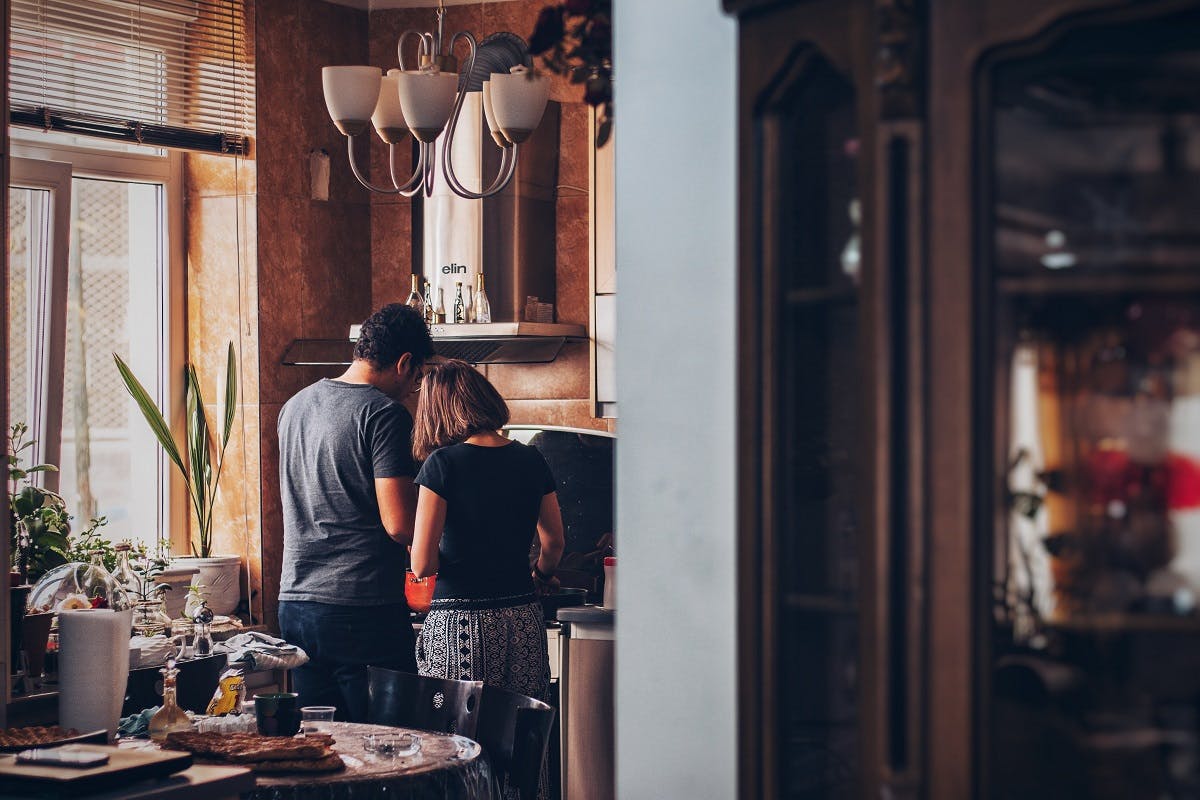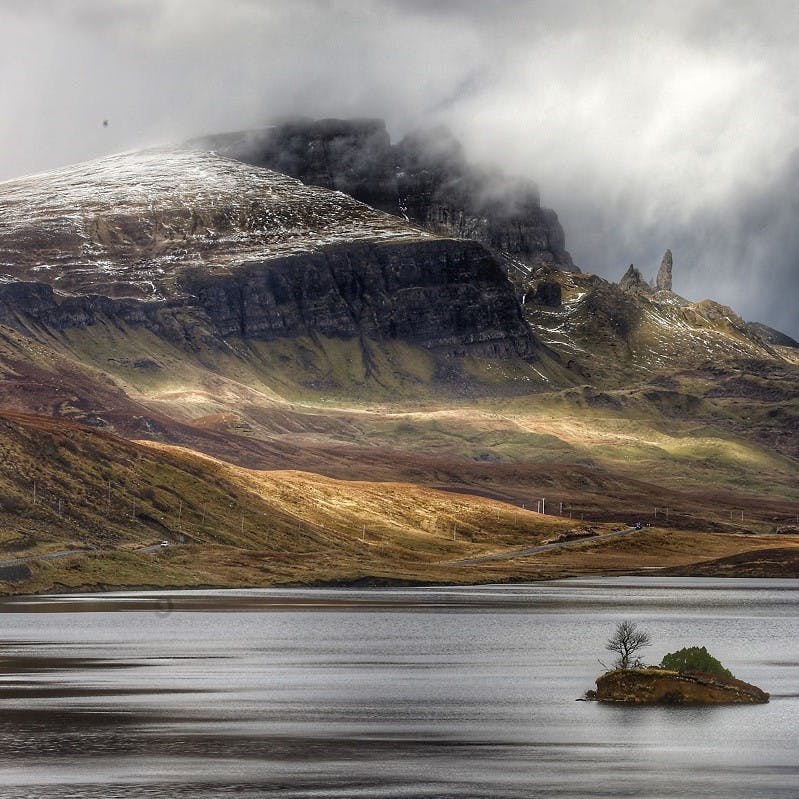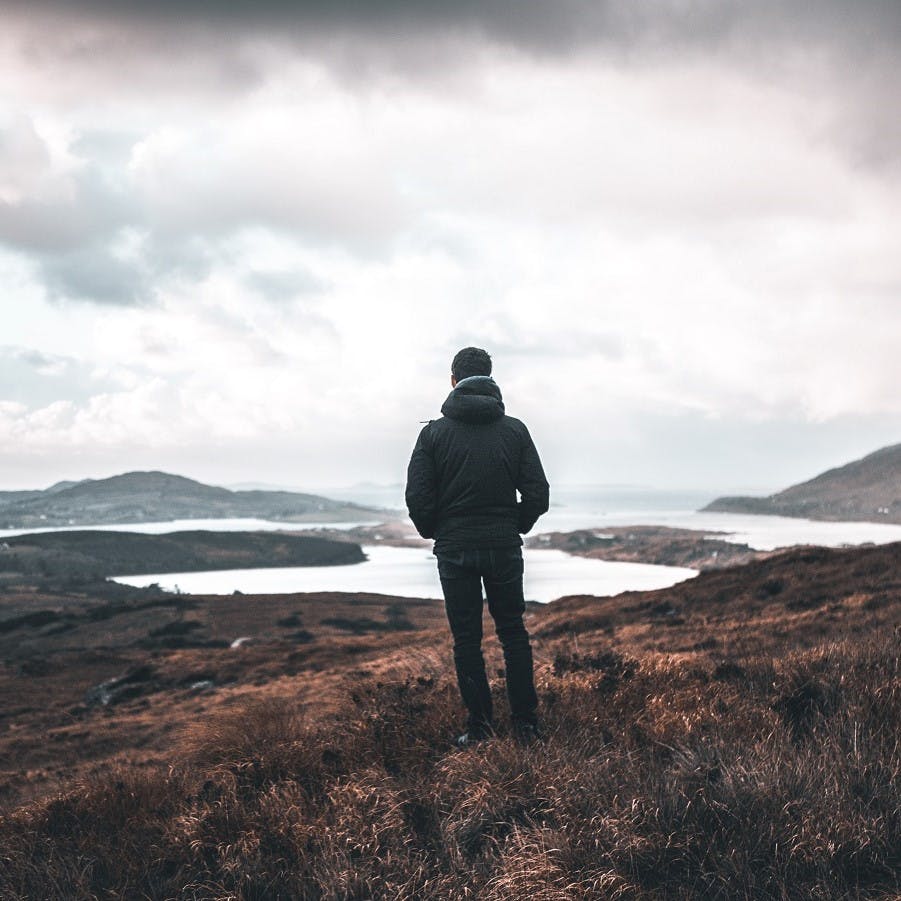
Megan @ Outdoor Intrigue
Mossy Earth ambassadors Megs and Ben from Outdoor Intrigue dive into what slow living means to them, how to get started, staying motivated, and the incredible impact it can have on our mental health and the health of our planet if we all decided to live slower. Also, be sure to listen to the Slow Living Podcast we recorded with them earlier this year.
What is Slow Living?
Starting as a movement focused on traditional food production in Italy as a counterculture to the emergence of fast food in the 80s and 90s, it’s meaning has since developed into a philosophy that stretches further than just our plates. The foundations however are relatively simple. By slowing down different aspects of our fast-paced modern lives, we can find joy in the journey, not just the destination. Embracing slow living, however, doesn’t mean you have to do everything slowly. There is a time for action and decisiveness, but there’s also time to be still, mindful, and to enjoy the process of doing something rather than rushing through it.

The benefits of Slow Living?
Our lives are busy, excessive, and indulgent. Everything from technology to fashion to food is all fast and instant. If it’s not immediately gratifying, we move onto the next thing, like our lives are a perpetually updating Instagram feed. Our ‘constantly on’ society silently implies that if we’re not always working we’re somehow not progressing as human beings. By deliberately choosing to be intentional about certain parts of our day, we regain a sense of control over the runaway train that life can sometimes feel like.
Taking the time to feel connected with the essential foundations of our existence, like food, clothing, or movement, means we’re less likely to take these things for granted. We slowly relearn appreciation for all the ingredients that make our favourite meals. We learn about the origins of our clothes, who made them, what materials were used, how they have been grown, and intricately woven together. We change the focus of the way we move our bodies, flowing with our breath rather than fighting it.
We start to feel better when we feel like we’re making positive choices for our life, for our physical and mental health, and importantly for our planet. One aspect we’ve both found since adopting a slower pace of life is a sense of control and clarity. We don’t get any less done in a day, we’re just more careful with our energy and what we choose to spend our time on.



Take action now
Do you want to have a direct impact on climate change? Sir David Attenborough said the best thing we can do is to rewild the planet. So we run reforestation and rewilding programs across the globe to restore wild ecosystems and capture carbon.
Get involvedPositive Change
The concept has changed our lives in numerous small and subtle ways, but also led us to one of the most positive and life affirming moves either of us has ever made. Our decision to leave the hustle and bustle of Brighton, on the South East Coast of England, to the rugged North West Coast of Scotland was fuelled by the need to slow down. Over a lifetime of living in cities, the mountains, moors, and forests became our escape. Space to breathe, space to think, space to just be. Stripped back of all the pretences, no rush to be anywhere, no sensory overload from flashing lights, sirens, or too many bodies all jostling for space that comes at a premium.
For both of us, slow living can mean different things depending on what we feel we need in that moment. Whether it’s taking five minutes to admire the view from the window, taking two hours to carefully prepare a meal, or making small incremental and sustainable lifestyle changes to reduce our environmental impact and improve our mental health.

Getting Started
Slow living isn’t a perfect science. There’s no exact way to do it and if it feels good for you, then you’re doing it right. It’s better that we’re all doing something imperfectly, than a handful of people getting every little detail correct. Take your time to make it a sustainable and lasting change, even if that means one small step at a time.
A great place to start is through the Mossy Earth Impact Guides. There is some amazing information in here that makes for perfect bedtime reading, covering travel, diet, waste, energy, travel and lifestyle changes you can make to slow life down and lessen your impact on the planet. And no - you don’t have to go vegan (but it does help!).

Staying Motivated
It’s natural as a human being, especially after a long day at work, to just want to sit on the sofa in front of mind numbing TV. The things that are usually the best for us, like taking a walk in nature, reading a book, practising yoga, are the last on the list of what we want to do in that moment. Even if we know they’ll make us feel good.
Don’t beat yourself up if you miss a day or get frustrated or caught up in one of life’s whirlwinds. You are not defined by what you do once, but instead by what you do and maintain across a lifetime.

There is a time for action and decisiveness, but there’s also time to be still, mindful, and to enjoy the process of doing something rather than rushing through it.
Megs & Ben at Outdoor Intrigue
You can also listen to this and other episodes on a variety of podcast platforms including Spotify, Overcast, and Podchaser.
Our Top Tips to Slow Living
You can incorporate as much or as little of slow living into everyday life as you want. Here are some of the ways we do it, to help get you going:
- Block time out for it. Doesn’t matter if it’s 5 minutes or a full day. Hold yourself accountable and work it into your routine to make it a habit.
- Find what you love. Hiking, cooking, cycling, creating, yoga - whatever it is - and do more of it.
- Be more conscious of your consumerism. Are your purchasing habits really benefiting you, your community, or the planet? If not, research ways you can lighten your footprint to encourage positive change.
- Eliminate unnecessary car travel by opting to walk, run or cycle instead.

Sources & further reading

- “Slow: Simple Living for a Frantic World” - Brooke McAlary
- “Soulful Simplicity: How Living with Less Can Lead to So Much More” - Courtney Carver
 Remember you don't have to be "constantly on".
Remember you don't have to be "constantly on".